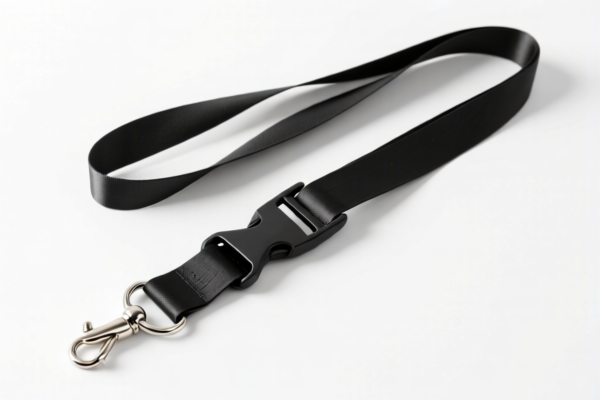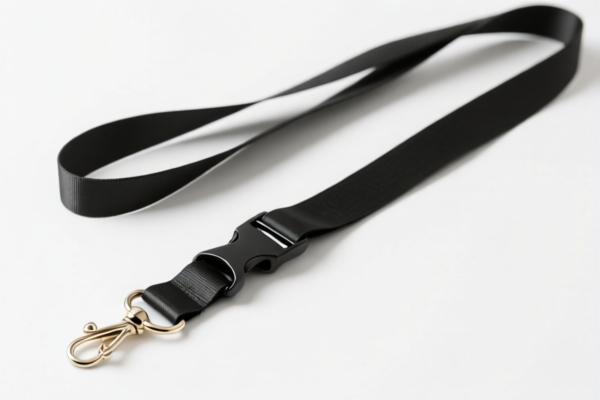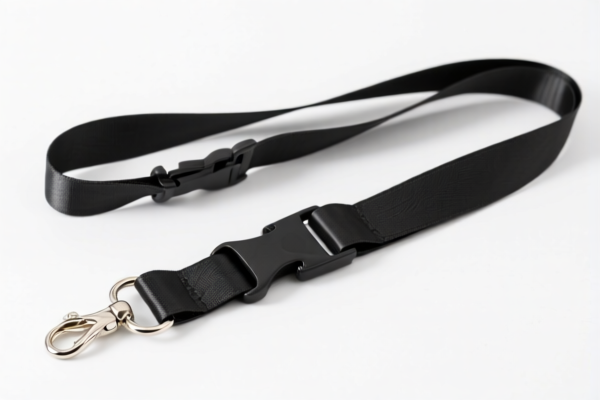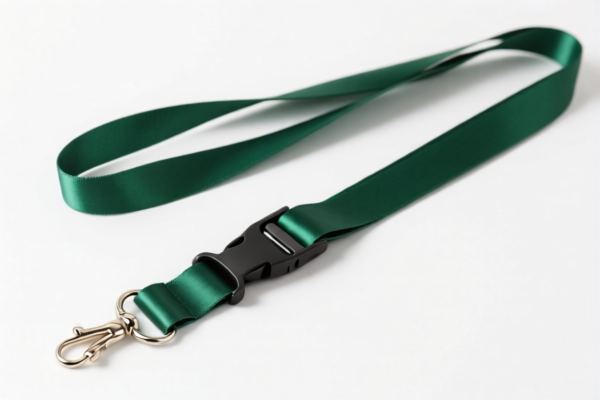| HS Code | Official Doc | Tariff Rate | Origin | Destination | Effective Date |
|---|---|---|---|---|---|
| 4201006000 | Doc | 57.8% | CN | US | 2025-05-12 |
| 4205000500 | Doc | 57.9% | CN | US | 2025-05-12 |
| 4205004000 | Doc | 56.8% | CN | US | 2025-05-12 |
| 4911998000 | Doc | 37.5% | CN | US | 2025-05-12 |
| 4911996000 | Doc | 37.5% | CN | US | 2025-05-12 |
| 4908900000 | Doc | 37.5% | CN | US | 2025-05-12 |
| 4908100000 | Doc | 37.5% | CN | US | 2025-05-12 |




DOCUMENT LANYARD HS Code Classification
Based on the provided reference data and the description "DOCUMENT LANYARD", here's a breakdown of potential HS code classifications. The correct code depends heavily on the lanyard's material and specific function.
Important Note: The following assumes "DOCUMENT LANYARD" refers to a strap or cord used to hold identification, keys, or documents. If the lanyard has specialized features (e.g., electronic components, security features), a different classification might be necessary. Please verify the material composition and intended use for accurate classification.
Here's a breakdown of potential HS codes, with explanations:
-
4201006000 - Saddlery and harness for any animal (including traces, leads, knee pads, muzzles, saddle cloths, saddle bags, dog coats and the like), of any material: Other
- 42: Chapter 42 covers articles of leather or of composition leather, animal gut (other than gut sutures for surgery).
- 01: Specifically covers saddlery and harness.
- 00: Further specifies "other" within this category.
- 60: Details the specific subcategory.
- Applicability: If the lanyard is made of leather or a leather-like material (composition leather) and functions as a strap to carry something (similar to how harness carries loads), this code could apply. However, it's less likely if it's not specifically designed for animal use.
- Tax Rate: 57.8% (Base 2.8% + Additional 25.0%, increasing to 30% after 2025.4.2)
-
4205004000 - Other articles of leather or of composition leather: Other: Straps and strops
- 42: Chapter 42 - Leather or composition leather articles.
- 05: Covers "other articles" of leather or composition leather.
- 00: Further specifies "other" within this category.
- 40: Details the specific subcategory of straps and strops.
- Applicability: This is a stronger candidate if the lanyard is made of leather or composition leather and is primarily a strap. The description "straps and strops" directly aligns with the function of a lanyard.
- Tax Rate: 56.8% (Base 1.8% + Additional 25.0%, increasing to 30% after 2025.4.2)
-
4911998000 - Other printed matter, including printed pictures and photographs: Other: Other: Other: Other
- 49: Chapter 49 covers printed books, maps, and other printed materials.
- 11: Specifically covers other printed matter.
- 99: Further specifies "other" within this category.
- 80: Details the specific subcategory.
- Applicability: If the lanyard has significant printing on it (e.g., logos, text, designs) and the printing is a key feature, this code could apply. However, it's less likely if the printing is minimal.
- Tax Rate: 37.5% (Base 0.0% + Additional 7.5%, increasing to 30% after 2025.4.2)
Recommendations:
- Material Verification: Crucially, determine the lanyard's primary material. Is it leather, a synthetic fabric (e.g., nylon, polyester), or another material?
- Functionality: Is the lanyard primarily a carrying strap, or is the printing/design a dominant feature?
- Consider Synthetic Materials: If the lanyard is made of synthetic materials (not leather), a code from Chapter 62 (articles of textile fabrics) might be more appropriate, but is not included in the reference data.
- Check for Specialized Features: Does the lanyard have any electronic components (e.g., RFID chips), security features (e.g., breakaway clips), or other specialized elements? These could necessitate a different classification.
Disclaimer: This information is based solely on the provided reference data and the user's description. The final HS code determination rests with the customs authorities. It is recommended to consult with a customs broker or relevant authority for definitive guidance.
Customer Reviews
No reviews yet.